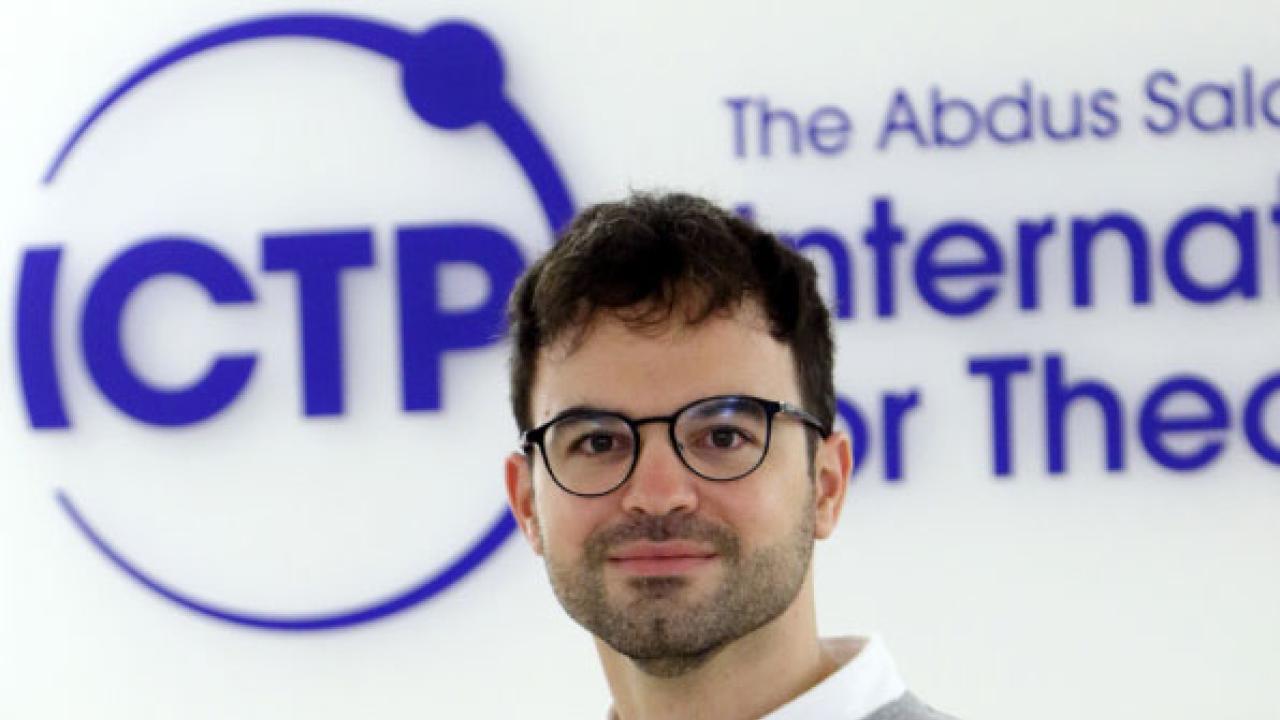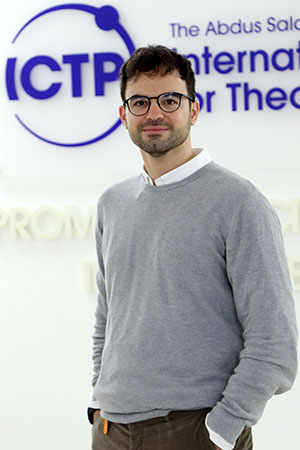
 Physicists always try to find a more complete description of reality than we already have.
Physicists always try to find a more complete description of reality than we already have.
One of the pillars on which our current understanding of the world rests is the Standard Model of particle physics, the theory describing all the known forces in nature except for gravity. Despite being tested with an exceptional level of accuracy, physicists believe that the Standard Model cannot be a complete theory. At high energies it is in fact not compatible with General Relativity, the theory that describes gravity, and it does not explain the nature of dark matter. It is also based on a large number of completely arbitrary parameters whose value we know thanks to experimental measurement.
However, some of these parameters may not be that arbitrary after all. To find how to theoretically constrain these values is the feat that Joan Elias Miró is trying to accomplish, and it could be the way to discover new physics beyond the Standard Model.
Joan is the youngest staff researcher in ICTP's High Energy, Cosmology and Astroparticle Physics (HECAP) section, both by age and by time spent working at ICTP. He is from Barcelona, Spain, and there obtained his PhD at the University Autonoma de Barcelona in 2015. He continued his formative path as a postdoctoral fellow at SISSA here in Trieste and then at CERN. He arrived two years ago at ICTP.
“Two aspects of ICTP attracted me a great deal,” he says. “It is a top centre for research and when you are not doing research you are occupied in a highly novel mission of fostering science in developing countries.” He appreciates how ICTP creates a perfect atmosphere for doing research; “You can find all the necessary infrastructures but it is also very lively so you can discuss physics with many people.”
Joan says that his passion for physics was born from an early age, “But when I started learning quantum mechanics at university, that was the moment I really realised it was the thing that I wanted to continue to do.” Joan has in fact achieved his goal, and now he is working in order to find aspects of new physics beyond the Standard Model of particles.
So far, the Standard Model has been tested with an outstanding accuracy. The discovery of the Higgs particle in 2012 was only the last step in a series of overwhelming experimental confirmations of the theory. But the Standard Model has its limits, and physicists hope to see new exotic physical phenomena during experiments. In order to do so, the energies produced in the laboratory must be much higher than what we can reach today.
But theoretical physics often does not wait for experimental data in order to make its predictions. The research Joan is carrying out is to understand from a theoretical point of view how matter and forces possibly behave when the energies at play are high enough to trespass into uncharted territories.
“In the community, we have been very surprised by the results of the Large Hadron Collider (based at CERN) because we were expecting that, apart from the Higgs discovery, other phenomena would also show up that would provide an answer to long-standing puzzles,” Joan explains.
These phenomena, however, have not yet materialised, “But we can also explore the phenomena from a theoretical perspective,” he continues.
This is possible because the basic principles of Special Relativity and quantum mechanics, the theoretical scaffolding on which the Standard Model is based, place very stringent constraints on how to fit this puzzle into a larger picture. “One of my primary efforts is precisely decoding what all these constraints are,” he explains.
To understand the work of Joan and his group, it is useful to think about particles that collide. Theoretically, by the rules of quantum mechanics, the only thing that can be predicted is the probability of interaction for these particles. This probability depends on the energy of collisions, so the effort of Joan is to predict how this dependence, or, more precisely, this function of the energy behaves. It cannot just be any function. It must be constrained by first principles.
In a previous work, Joan and his collaborators investigated a simplified setting of reality (or a toy-model as it is called in technical jargon) which described a collision experiment of waves on a string. They asked what the constraints given by quantum mechanics and Special Relativity for this experiment were. “[...]It was unknown how to put constraints but very recently we managed to do so, and derived very precise bounds. These bounds where recently confirmed in a simulation done by another research group.”
Now he is applying the same type of constraints to Standard Model particles, but in this case the prediction will be compared with data from LHC. The potential of this work is remarkable because it could tell us “which type of new particle we can expect to see at LHC and in other big laboratories in the coming decade,” Joan explains.
Joan shows enthusiasm for the future: “There are going to be new experiments with increased precision in the near future. They will not go to rely much on the energy. Not enough at least to produce new very massive particles, but, for now, we’re looking for deviations from the Standard Model. Deviations that, if observed, would revolutionise our understanding of the universe.”
--Luca Papapietro
















